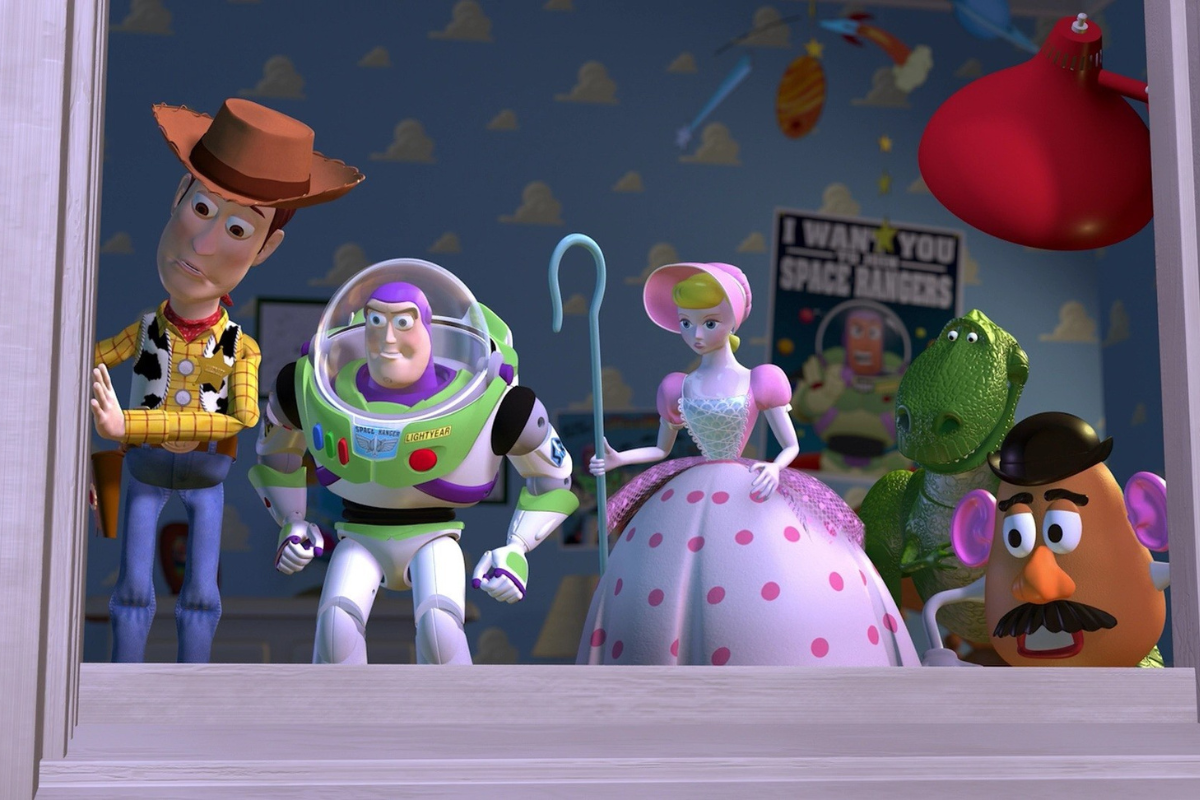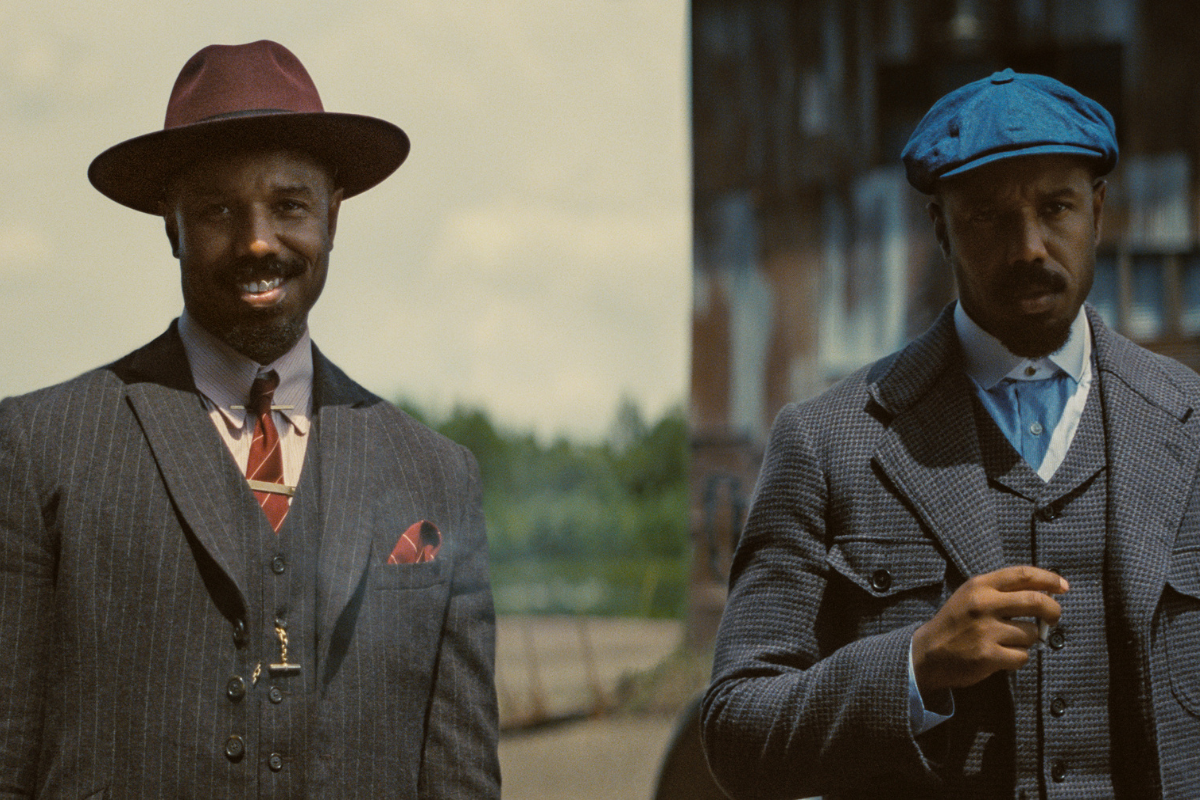CRAFT: Writing the Commercial Screenplay
Our dreams begin and end as a story that is shaped into a form—that can be translated into cinema—otherwise known as writing the commercial screenplay.
Michael T. Kuciak is a producer and director, known for Fade to Black (2013), Killer Party (2016) and Sh*t Fantasy Football Players Say (2012). Follow Mike on Twitter @mikekuciak.
No one has to go see a movie. But they do, anyway. So often, and among so many different groups of people, that billions of dollars are generated by an industry capable of doing only one thing: creating something that doesn’t exist. Films are dreams converted into a reality that, in turn, become dreams that can be shared with others. And all of these dreams begin and end as a story that is shaped into a form—a screenplay—that can be translated into cinema—otherwise known as writing the commercial screenplay.
Why should anyone buy yours?
The irony is many writers don’t give this simple question very much thought. But, while screenwriting is as creative an endeavor as any other artistic expression, writers are often told that all they have to do is slam out 100 or so pages of whatever, make sure it follows some basic rules of structure and format, and Hollywood will swoop in to reward them. It’s a ludicrous vision of an industry that obeys the same market forces that affect a lemonade stand.
There is no such thing as offering a true how-to when it comes to writing commercial scripts. If that were the case, then every single screenplay ever written would sell. Also, scripts, and by extension films, are structures built on the ever-shifting real estate of the zeitgeist, so what was true yesterday may not be true today, but might be true again tomorrow, and so on.
However, there are some patterns we can examine, commonalities among spec scripts that seem to have a higher or lower chance of getting traction in the current market. And, of course, there are always exceptions.
Programmers
“Programmer” is a slang term for a script that effectively delivers on a paradigm, but doesn’t add anything fresh or unique enough that it feels like it might offer a hook that would attract a theatrical audience.
There are programmers in every genre. A lot of them are the result of either adhering too closely to classic films, or trying to deliver a style of film that has, for the most part, been played out.
For example, the serial killer movie. We have a serial killer who has a kooky modus operandi (killing people based on nursery rhymes or something) and the driven detective hunting for him.
Or, similarly, the detective who just kind of solves a case.
Or the slobs-versus-snobs comedy.
Or the action-thriller about the hitman/mercenary/ spy who wants to get out of the game, but has to go on one last mission.
Or the horror movie about the kids who violate some rule and a ghost or demon comes to get them.
Or the action-comedy about a couple of buddy cops who are forced to work together to take down the bad guys.
Or the mobster movie. Eh! Fat Sal wants his money! Capiche?
Or the Indiana Jones-type action-adventure about someone racing bad guys to be first to find the lost MacGuffin.
Or the rom-com about the person who finds that special someone, but—goodness gracious!—they just can’t commit.
See what I mean? If it feels like you’ve seen something a million times, the audience will feel the same way and likely won’t drop $10 to see it a million and one times.
We’re currently in a golden age of television, and many stories that would be considered programmers as feature films work perfectly fine in the TV realm. For instance, there is always an audience for a story about a detective solving a case; it’s a clear paradigm. But, if audiences want to see that story, why should they get off the couch? There are a lot of TV shows about detectives solving cases. Why go to a theater for the same story they can get at home?
Well ... that’s the question, isn’t it? The trick is to give an old story a new take. One of the most tried-and-true ways to strike on high concept is to run a proven paradigm through a setting or situation that seems fresh and unique—what’s called a “take.”
Let’s use the earlier example: the detective story. It’s a mystery-thriller about a guy who goes around and solves a case. Along the way he picks up clues, meets a beautiful woman, tussles with thugs, trades snappy dialogue, and at the end pulls all of the strings together.
Yawn.
Make it a period film and now it’s a programmer (yawn) that’s hard to sell. Make it about period Hollywood and it’s a programmer (yawn) with two strikes against it because it’s “industry.” Even with a significant underlying property, it would be a tough movie to sell. And at the spec level, nothing is impossible, but it would have to hit a bull’s-eye the size of a grain of sand to get traction.
But wait ... what if this story is set in an alternate universe in which cartoons are not only as real as people, but they make movies and represent second-class citizens? That’s Who Framed Roger Rabbit. Our script about a hard-boiled detective solving a case in period Hollywood suddenly went from an unsellable programmer to a high-concept—and commercial— logline.
Now let’s take the exact same paradigm, and say it’s still Hollywood, but now we’re in the ’90s instead of the ’30s, and our main protagonist is a stoned ex-hippy. Pow! The Big Lebowski.
Again, same paradigm, we keep it in Los Angeles, but now our detective lives in the future, and the case he’s trying to solve involves runaway androids. Blade Runner.
Again, same paradigm, keep it in Los Angeles, but now the detective specializes in cases about animals, and he’s insane. Ace Ventura: Pet Detective.
In all four cases, when you peel away the wallpaper, you find the exact same story, almost down to a scene-by-scene replay. And if you were to write a script derived from that core story, all you would be doing is aping the movies that inspired the paradigm in the first place—The Big Sleep and The Maltese Falcon— both of which (by the way) are adapted from underlying properties.
You can take any proven paradigm—that is, a film or type of film that has been successful with audiences in the past, and make it high concept with a fresh take that a) doesn’t feel like we’ve seen it before and b) is unique enough that an audience would be compelled to see it in a theater, versus just watching something similar on TV.
“It’s 300 with robots.”
“It’s Dracula in high school.”
“It’s Hamlet with ninjas.”
“It’s Bourne underwater.”
Now this advice might seem terribly crass, and it can cause a lot of film-school types to trot out tired complaints about how Hollywood has no new ideas, blah, blah. But imagine a situation: You’re standing in a lobby, looking at the posters, trying to decide which film is worth 10 of your bucks and two hours of your time. All of the posters look exactly the same: They are squares of pitch black, with only a single word on them—“MOVIE”—in white courier. Buying a ticket is nothing but a game of roulette, you could get anything. Are you cool with that? Or would you like a shorthand way to figure out which movie you want to see?
Real Life
The approach touched on earlier is a way to find pitchable and commercial high concepts by looking at other stories; that is, derived from fiction that has come before it. But the much stronger way, that has the better chance of offering something we truly haven’t seen before and thereby creating a new paradigm, is by looking at real life.
Your audience is not comprised of cardboard cutouts, action figures, robots, mannequins, or smiley-face balloons. They are human beings. There is only one way to get the humans in your audience to care about the story on the screen and that is to offer them a way to connect with the characters they see. And the only way to do that is to create characters who are also recognizably human, and dealing with relatable human situations.
Hence, while many comedies and dramas are derived from artificial high-concept narrative engines, as many or more are based on common human experiences. This is why so many movies revolve around the ceremonies that mark changes in our lives (weddings, funerals, childbirth, etc.) or our culture as a whole (holidays, big events, etc.).
There is no beating real human experience for finding high concept. The old adage that “truth is stranger than fiction” always applies. Using human experience also helps to ballast the characters and story with a resonant sense of reality that, in turn, the audience can notice and connect with, if done right.
However, this type of story must still obey the same general patterns as mentioned above. If a story is completely true but plays out along the same beats as a programmer ... well, it might have some extra juice in the pitch, but at the core it remains a programmer. A true story must still offer the audience a unique element, and something of a paradigm.
One of most tried-and-true ways to wrap real human experience around a paradigm is to explore a “world.” This isn’t in reference to a sci-fi or fantasy element. In this case, world is an industry term for a setting, a scene, an occupation, or hobby that is interesting, dramatic and specialized.
For example, The Fast and the Furious can easily be pitched as “Point Break in the world of street racing.” It’s just as simple and powerful of a high concept as “Hamlet with ninjas,” but this time instead of a fictional element, we’re using something taken from human experience, in this case an activity (street racing) that’s not only specialized, but seems like it has something dramatic and interesting enough to appeal to an audience. It requires a lot more legwork and research, but can offer a high concept that’s even more interesting to buyers and moviegoers; we’re not only entertained, we feel as if we have learned something. Exploring an interesting world is one of the main reasons nonfiction books and magazine articles are optioned for development.
Let’s take this same example and apply it elsewhere. Let’s say you live in the Western U.S., and you’re aware of modern-day cattle rustlers. That’s kind of cool; we understand what cattle rustling is without a lengthy explanation, but it’s a crime we think about in Old West terms. Wow, they’re still doing that? How has cattle rustling changed to keep up with the times? And can we use a story about cattle rustling to make a commentary on the state of agri-business and how it affects human lives?
What would be the shape of that story? Maybe it’s a drama. Perhaps, but wait a minute ... hmmm... What if, instead, we see it as a crime-thriller, and used the same paradigm as The Fast and the Furious? A young cop goes undercover with a gang of modern cattle rustlers, and they’re lead by this charismatic dude who’s our antagonist but might have a good reason for what he does. He has a code of ethics and thinks he’s Robin Hood. Then our hero meets a beautiful woman who’s in the scene and complicates his feelings about bringing the rustlers down. Along the way, we get cool horseback chases and gunfights and stuff.
Boom! There’s your movie.
The overall point: A spec script needs a clear idea from both a creative and commercial standpoint if it is to have the best possible chance of moving toward production. Many writers get frustrated and eventually burn out because they’re not thinking in terms of posters, loglines, worlds and paradigms. Or they adhere so closely to a barebones paradigm that all we get is a collection of checked-off boxes.
A screenplay is like a house: It needs four walls. But, to stand out—and sell—it has to offer more.
Originally published in Script magazine January/February 2012
- More articles by Script Magazine
- Story Talk: High Concept—Yes—It Actually Means Something!
- 5 Tips to Turn Your Script Into a High Concept Idea
Is Your Concept High Enough? Webinar
Create Your Own High Concept Before You Start to Write
What it Takes to Get Your Spec Read by a Producer, Agent, or Manager
Top screenwriting and film publication, founded in 1989, published by Active Interest Media. Twitter: @scriptmag







